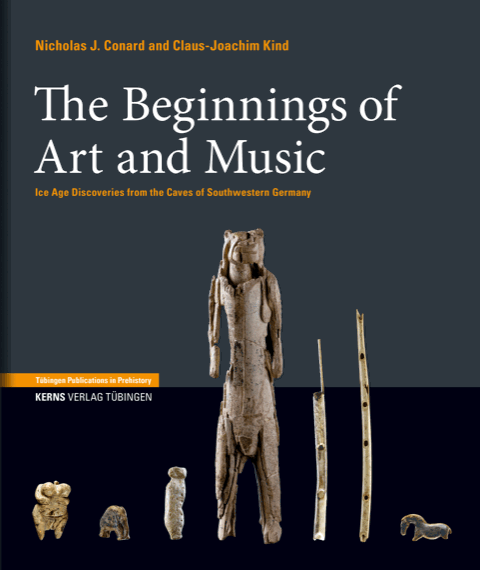Description
Over 40,000 years ago modern Homo sapiens spread across the European continent. Archaeological finds attributed to these early human beings were produced on the Swabian Jura in Southwest Germany, especially in the caves of the Ach and Lone valleys. Some of the world’s oldest evidence for figurative art has been discovered here. Famous among these finds include the Venus of Hohle Fels, the oldest depiction of a human being, and the Lion Man from Stadel Cave, a hybrid being both human and lion in form. Flutes made of mammoth ivory and bird bones have been uncovered here as well, representing again the oldest examples of musical instruments thus far uncovered by archaeologists.
What do these finds tell us about the people who made them and how they lived? Nicholas J. Conard and Claus-Joachim Kind, field archaeologists and researchers from the University of Tübingen and the Heritage Office of Baden-Württemberg, transport the reader into the world of the Ice Age, describing and interpreting these amazing finds from Germany.
This book is a translation of the original volume entitled “Als der Mensch die Kunst erfand”, first published by Theiss Verlag-WBG, Stuttgart, in 2017.
